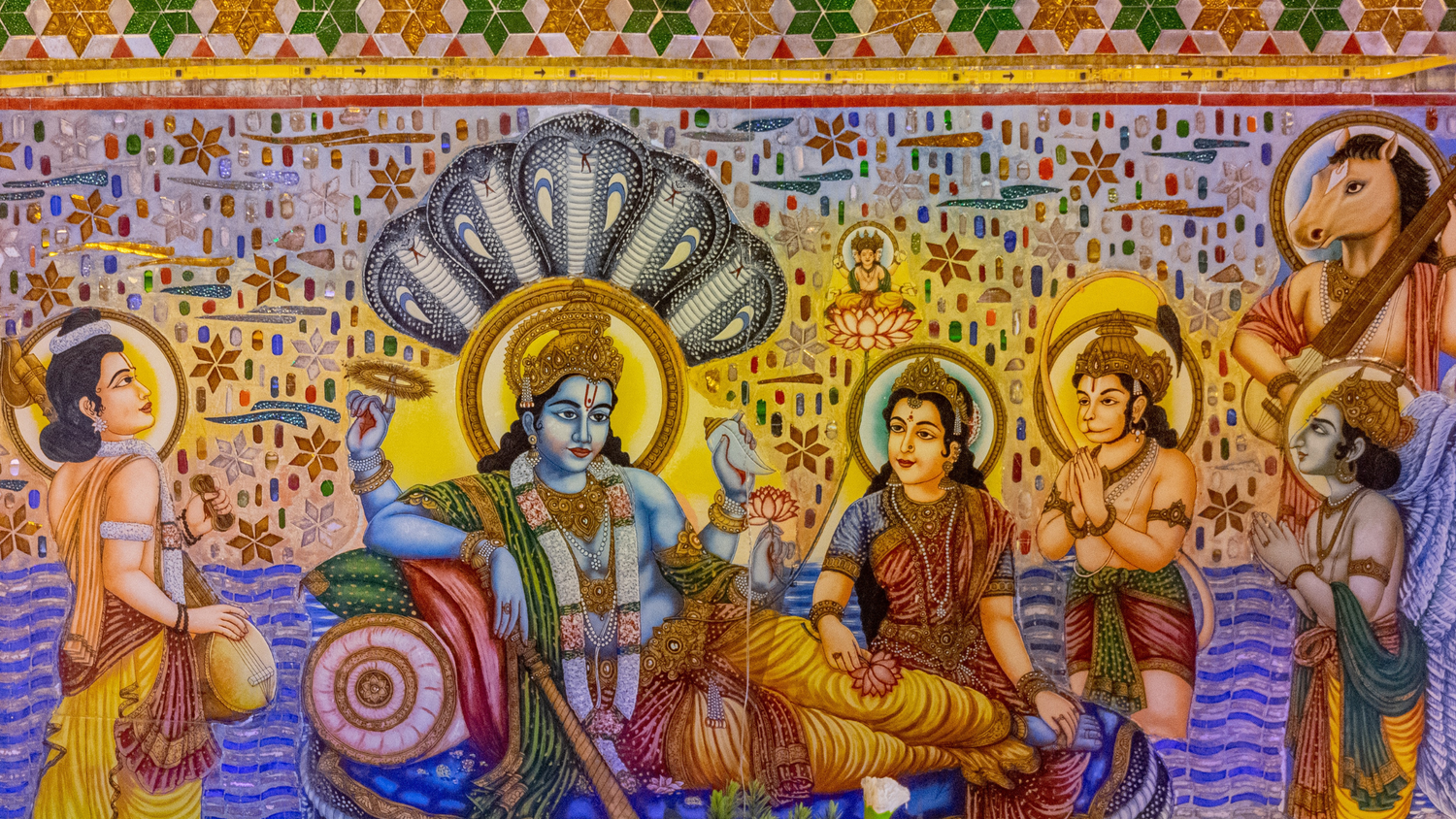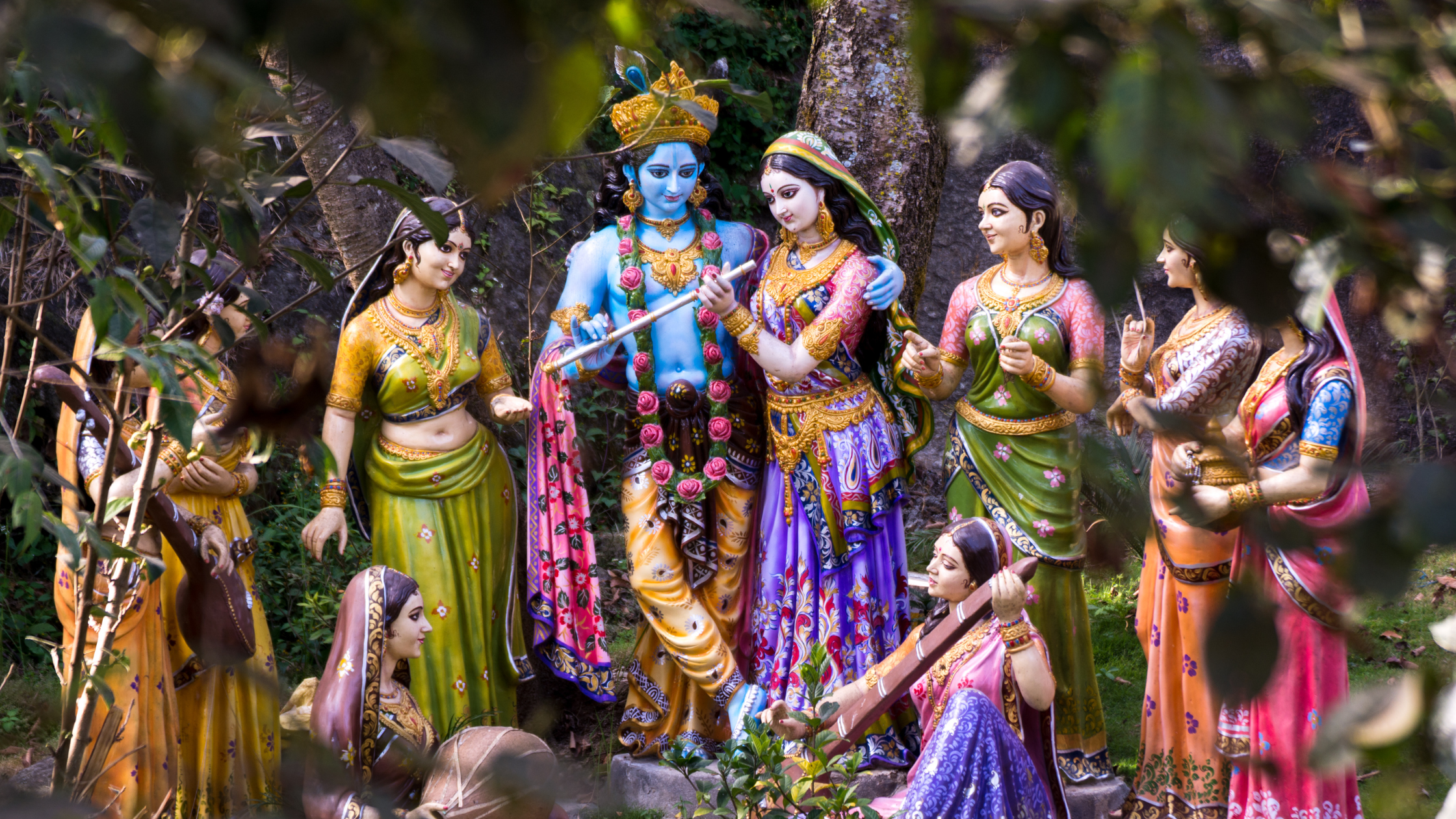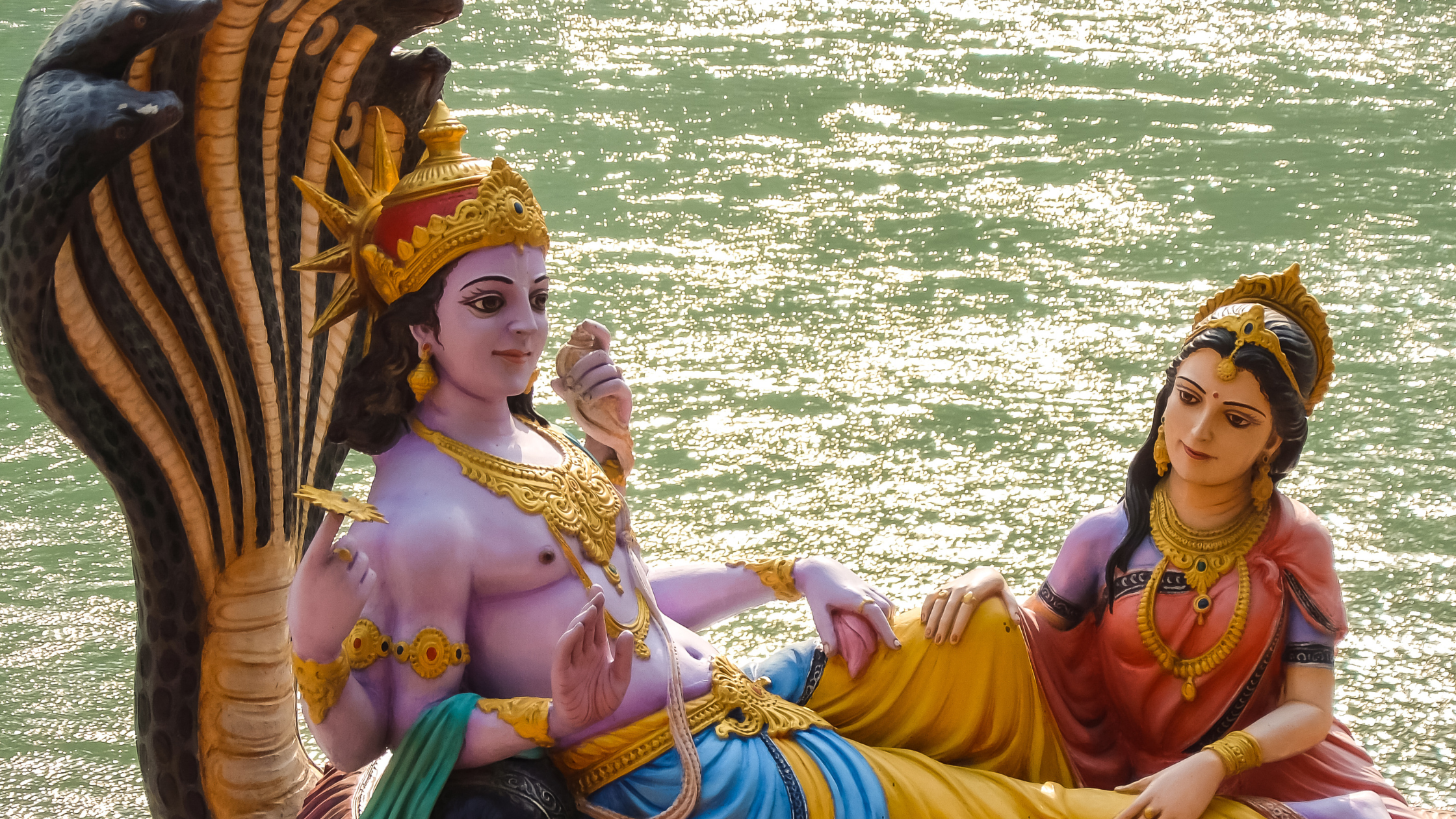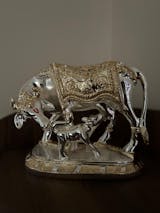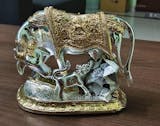Even though there are several deities in Hinduism, lord Vishnu is considered one of the prime deities worshipped by a large community of people. Being a part of a Hindu trinity along with lord Shiva and lord Brahma, lord Vishnu has enormous significance as a preserver and protector of the universe.
Being depicted as ‘Narayana’, lord Vishnu has a crucial role in balancing the cosmic universe. But are you aware of his origin? Do you know who is the father of lord Vishnu? Read this blog to learn more about lord Vishnu, his appearance, his symbolism and more.
All About Lord Vishnu
It's time to explore more about lord Vishnu to know his significance in the Hindu mythologies.
Origin of Lord Vishnu
The divine deity, Vishnu existed before the creation of the world. He is believed to be one of the prime reasons for the cycle of creation, destruction, and re-creation of the universe. So, to build the universe, lord Brahma was born through lotus from the navel of lord Vishnu. Following this, he created lord Shiva from the forehead.
But, as per Hindu mythology, lord Vishnu was considered an eternal and self-existed deity. But if you are confused about who is the father of Vishnu, here is one of the beliefs according to the mythologies that lord Vishnu does not have a biological father. However, he exists independently.
Lord Vishnu’s Appearance
As per belief, lord Vishnu is depicted with a blue complexion, impressive eyes like lotus petals with a charming smile. His blue complexion throughout his body relates blue sky and the limitless ocean. Lord Vishnu has four arms holding particular objects with various powers and attributes. He is often shown in a yogic posture.
Lord Vishnu has a U-shaped tilak on his forehead and wears golden clothes with jewellers portraying a graceful appearance. He has a golden crown and a peacock feather on his head. The peacock feather depicts lord Vishnu’s avatar as lord Krishna. He has a flower garland called Vaijayanthi.
Based on various purposes and circumstances, lord Vishnu is incarnated in 10 avatars such as Matsya, Kurma, Varaha, Krishna, Rama, etc. The goal of this avatar at various stages is to defeat evil and maintain the balance of the cosmic universe.
As per Hindu mythologies, it is said that lord Vishnu also defeated asuras by taking a feminine form.
Also read: Top 10 Avatars of Vishnu and Their Significance
Where is Lord Vishnu thought to be located?
It is believed that lord Vishnu with his consort goddess Laxmi is in the celestial city called Vaikunta, located at Mount Meru. As per various Hindu texts, Vaikuntha is a gold place with gemstones and blooming lotus flowers. Vaikuntha is situated at 26,200,000 yojanas that is above Satyaloka. Lord Vishnu’s palace is at the centre part of Vaikuntha in the central part of Ayodhya.
Have you heard about Vishnu Prayag? At present, it is a place located in the state of Uttarakhand. It is an area where the river Alankananda meets the Dhuali Ganga River. The reason, why it is famous is it was a palace where the sage Narada offered prayers and worshipped lord Vishnu through which he appeared to him.
Symbolism and Significance of Lord Vishnu
Vishnu Conch
It is a sea shell, also named Panchajanya, that resonates with the sound that was formed when the world was created. The sound of ‘Om’ signifies knowledge. Lord Krishna blew this up during the Battle of Kurukshetra.
Chakra
Lord Vishnu has a disc-shaped chakra which revolves around his index finger. It is considered a powerful weapon of lord Vishnu. The chakra is also called Sudarshana or Sudarshana chakra. Representing the sun, Chakra symbolizes the power of lord Vishnu.
Gada (Mace of Vishnu)
Reflecting on the physical and mental strength, lord Vishnu has the gada that symbolises the Adya Vidya, original knowledge that relates to nature and society.
Tilak
The U-shaped tilak on the forehead of lord Vishu depicts his lotus feet. The tilak signifies and reflects righteousness and justice.
Lotus
Representing purity, the lotus signifies the detachment from the desires of the world, held by lord Vishnu. It is said that his consort, goddess Lakshmi also seated on lotus. It resonates that the source of our soul is god.
Vehicle
Lord Vishnu's vehicle is Garuda, an eagle-like creature. It symbolizes the power of lord Vishnu, enabling him to rise above all the limitations.
Read more: Who are lord Shiva's father and mother?
Why is Lord Vishnu Sleeping on Snakes?
It is often said that lord Vishnu sleeps over celestial snakes with many heads that stand over him like an umbrella. Shesha, also known as Ananta Shesha, is a snake that belongs to Lord Vishnu and has existed since the beginning of time. Sheshnaag is said to be one of the greatest devotees who rolls himself to be a bed for lord Vishnu. Shesha has a significant role in the epic Mahabaratha.
Suggested Reads: Who is the Most Powerful God? 5 Deities in Hinduism
Explore More about Lord Vishnu
Devotees believe that lord Vishnu aids in removing the struggles in life and is responsible for propelling prosperity and growth in one’s life. Many people pray to lord Vishnu during difficult times to save themselves from diseases and dangers.
People perform rituals and pujas early in the morning and offer fruits, flowers, tulsi leaves, and saffrons to lord Vishnu. As mentioned above, there is a wide community of devotees who believe in the powers of lord Vishnu and worship them.

